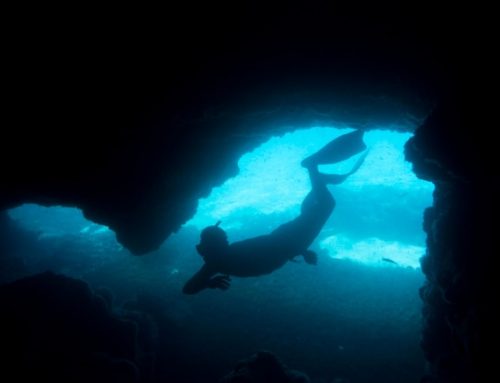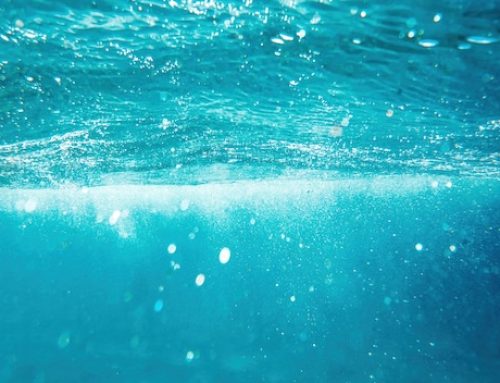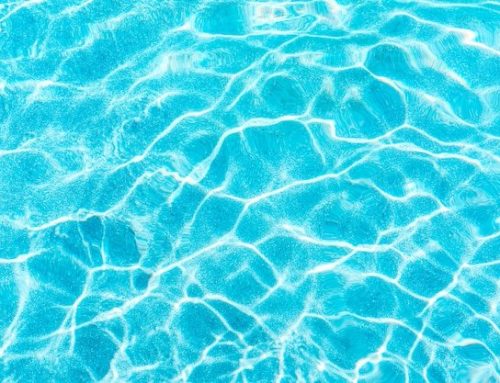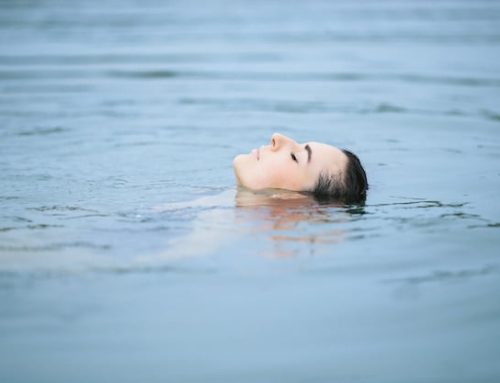Introduction
Are you someone who loves to swim but is wary of diving in after a heavy rainfall? You’re not alone. There’s always been a debate on whether or not it’s safe to swim after it rains. While some believe it’s perfectly fine, others are more cautious and avoid swimming altogether. In this article, we’ll explore the science behind swimming after a downpour and whether it’s safe or not.
The Risks of Swimming After Rainfall
Swimming after a rainstorm can be dangerous, as water runoff can pick up pollutants and debris, which can contaminate the water. According to the Environmental Protection Agency (EPA), rainwater flowing over the ground picks up pollutants such as oil, fertilizers, pesticides, and animal waste, which can be harmful to human health if ingested. Swimming in contaminated water can cause gastrointestinal, respiratory, and skin problems, among other health issues.
Understanding the Causes of Water Contamination
The main cause of water contamination after a rainfall is runoff. Runoff occurs when rain falls on the ground and runs off into nearby bodies of water, such as lakes or rivers. As it flows, it picks up dirt, debris, and other pollutants, which can contaminate the water. The extent of contamination depends on several factors, including the intensity of the rainfall, the amount of impervious surfaces (such as concrete or asphalt) in the area, and the presence of nearby sources of pollution (such as factories or farms).
Factors that Influence Water Quality After Rainfall
The quality of water after a rainfall depends on several factors, including the type of surface the rain falls on, the duration and intensity of the rainfall, and the location of the swimming area. For example, if rain falls on a grassy area, the runoff is less likely to contain pollutants than if it falls on a concrete area.
How to Check if Water is Safe to Swim In
If you’re wondering whether or not it’s safe to swim after a heavy rainfall, there are a few things you can do. First, check with your local health department or water quality agency to see if they have issued any advisories or warnings about swimming in local bodies of water. Second, look for visual indicators such as cloudiness, algae blooms, or debris on the surface of the water, which can indicate contamination. Lastly, use your senses. If the water smells or tastes unusual, it’s best to avoid it.
Tips for Safe Swimming After Rainfall
If you insist on swimming after a rainfall, there are a few steps you can take to reduce your risk of exposure to bacteria and other pollutants. First, wait at least 48 hours after a heavy rainfall before swimming. This allows the water to flush out any pollutants that may have accumulated in the water. Second, avoid swimming near storm drains, as runoff from these areas can be particularly contaminated. Third, shower immediately after swimming to remove any bacteria or pollutants that may have accumulated on your skin.
Conclusion
In conclusion, swimming after a rainfall can be risky due to water contamination caused by runoff. However, the level of risk varies depending on several factors, including the intensity of the rainfall, the presence of nearby sources of pollution, and the type of surface the rain falls on. By being aware of these factors and taking appropriate precautions, you can reduce your risk of exposure to bacteria and other pollutants while still enjoying a swim after a rainfall.






